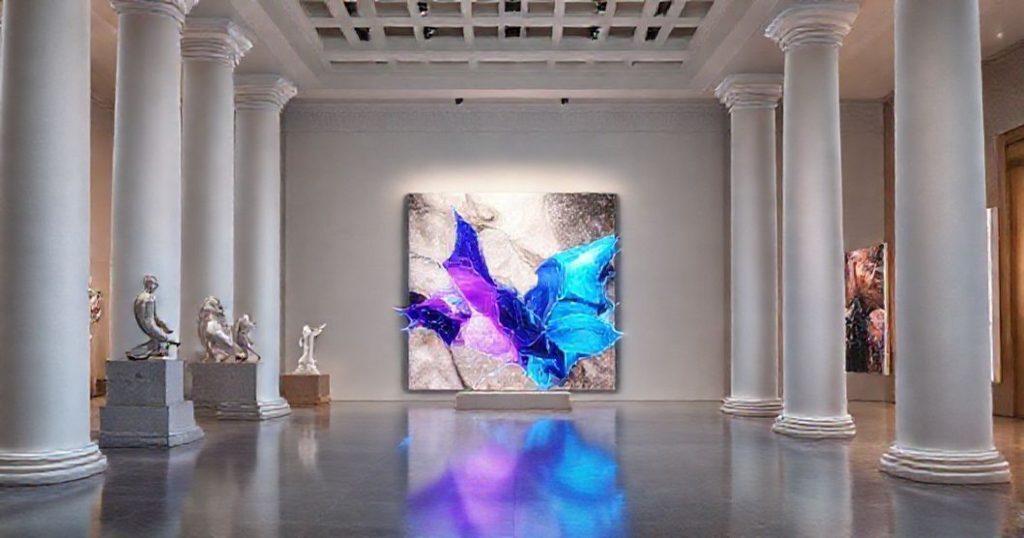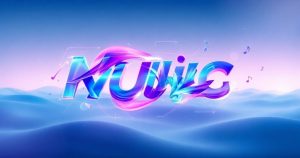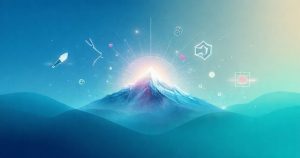Introduction to AI-Generated Art for Museum Exhibitions
Have you ever imagined walking into a museum and being surrounded by artworks that were created not by human hands, but by the intricate dance of algorithms and artificial intelligence? This is no longer the realm of science fiction; AI-generated art has burst onto the scene, promising to revolutionize the way we experience and interact with visual content. At the heart of this creative upheaval is the technology that enables machines to generate images from text prompts, a process that has evolved significantly over the past few years. In this comprehensive guide, we’ll delve into the world of AI-generated art for museum exhibitions, exploring its potential, benefits, and applications in the art world.
The integration of AI-generated art into museum exhibitions not only opens up new avenues for creativity but also poses interesting questions about authorship, originality, and the role of the artist in the digital age. As we navigate this uncharted territory, it’s essential to understand the underlying technology and its capabilities. AI image generators, such as those found on Icebox AI, use complex neural networks trained on vast datasets of images and their corresponding text descriptions. This training enables the AI to learn patterns and relationships between visual elements and linguistic cues, allowing it to generate new images based on novel text prompts.
One of the most compelling aspects of AI-generated art is its ability to democratize the creative process. With the advent of free AI image generators, individuals who may not have considered themselves artists or lacked the technical skills to produce professional-quality visuals can now bring their ideas to life. This democratization has the potential to enrich museum exhibitions by introducing diverse perspectives and styles that might have otherwise gone unrepresented. However, it also raises important considerations regarding the curation of AI-generated art, the preservation of digital artworks, and the engagement of audiences with these new forms of creative expression.
For museum curators and artists looking to incorporate AI-generated art into their exhibitions, understanding the technical and creative possibilities of these tools is crucial. This involves not just learning how to use the software but also developing a deep appreciation for the artistic and historical contexts in which these artworks are created and displayed. The process of crafting effective prompts, selecting appropriate models, and refining the generated images to meet the specific needs of an exhibition requires a blend of technical expertise, artistic vision, and critical thinking. Resources like OpenAI and Hugging Face provide valuable insights and tools for those embarking on this creative journey.
Understanding AI Image Generation Technology
The journey into AI-generated art begins with understanding the technology behind it. AI image generators rely on deep learning models, specifically generative adversarial networks (GANs) and variational autoencoders (VAEs), which are trained on vast datasets of images. These models learn to capture the intricate patterns and relationships within the training data, allowing them to generate new images that are often indistinguishable from real photographs. The process involves feeding a text prompt into the model, which then synthesizes an image based on its understanding of the prompt.
The quality and realism of the generated images have improved dramatically over the years, thanks to advancements in model architecture, training datasets, and computational power. Models like DALL-E and Midjourney have set new benchmarks for AI-generated art, capable of producing images that range from photorealistic landscapes to abstract artistic expressions. However, the creative potential of these models extends beyond mere image generation; they can be used to explore new styles, reimagine historical artworks, and even assist in the restoration of damaged or deteriorated pieces.
For artists and curators, exploring the capabilities of AI image generators offers a unique opportunity to push the boundaries of creativity. By experimenting with different prompts, models, and techniques, individuals can unlock new forms of artistic expression that blend human imagination with the computational power of AI. This collaborative process between human and machine not only expands the palette of creative tools available to artists but also challenges traditional notions of art, authorship, and the role of technology in the creative process.
Applications of AI-Generated Art in Museum Exhibitions
The application of AI-generated art in museum exhibitions is a rapidly evolving field, with potential uses ranging from the creation of interactive exhibits to the generation of artworks that respond to viewer engagement. One of the most promising areas is in enhancing visitor experience through personalized and dynamic content. By leveraging AI-generated art, museums can create immersive environments that adapt to individual preferences, offering a more engaging and memorable experience for visitors.
Moreover, AI-generated art can play a critical role in preserving cultural heritage by assisting in the restoration of damaged artworks or creating digital reproductions of pieces that are too fragile to be displayed. This not only helps in preserving our cultural legacy but also makes these artworks more accessible to a wider audience, promoting education and appreciation of art and history. The use of AI in this context underscores the potential for technology to serve as a tool for cultural preservation and promotion, rather than merely a creative medium.
The integration of AI-generated art into museum exhibitions also raises interesting questions about the future of art curation. As AI becomes more adept at generating high-quality artworks, curators will need to develop new criteria for evaluating and selecting pieces for exhibition. This might involve considering not just the aesthetic value of the artworks but also the creative process behind them, including the role of human and machine collaboration. Furthermore, museums may need to adapt their conservation strategies to accommodate the unique challenges of preserving digital artworks, ensuring that these pieces remain accessible for generations to come.
Conclusion: The Future of AI-Generated Art in Museums
As we look to the future, it’s clear that AI-generated art will play an increasingly significant role in museum exhibitions, offering new avenues for creativity, preservation, and engagement. The technology has the potential to democratize art, making it more accessible and inclusive, while also challenging our perceptions of what constitutes art and who can be considered an artist. For those interested in exploring this exciting new frontier, resources such as Icebox AI provide a powerful starting point, offering free access to AI image generation tools and a community of creators pushing the boundaries of what’s possible.
The journey into the world of AI-generated art for museum exhibitions is just beginning, and it’s an exciting time to be a part of this creative revolution. Whether you’re an artist, curator, or simply someone passionate about art and technology, the potential of AI-generated art to inspire, educate, and captivate is undeniable. As we continue to explore and innovate, one thing is clear: the future of art is being written, and AI is holding the pen.
For more information on how to get started with AI-generated art and to explore the creative possibilities of this technology, visit Icebox AI. With its user-friendly interface and powerful AI engine, you can begin generating stunning artworks in minutes, unlocking new dimensions of creativity and self-expression.
Frequently Asked Questions
Q: Can AI-generated art be used for commercial purposes?
A: Yes, AI-generated art can be used for commercial purposes, but it’s essential to review the terms of service of the platform you’re using to ensure you have the necessary rights. Many platforms, including Icebox AI, offer commercial usage rights for the images you generate.
Q: How do I get started with creating AI-generated art for museum exhibitions?
A: Getting started with AI-generated art involves selecting the right tools and understanding the basics of prompt engineering. Resources like OpenAI and Hugging Face provide valuable insights and tools for creators. Experimenting with different models and techniques will help you find the approach that best suits your artistic vision.



